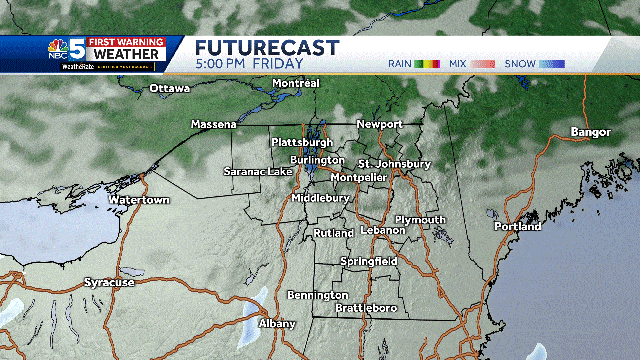While my husband and I drank our evening drink on the porch, I watched a hummingbird sink its beak into every flower of my red sage.
I know the role of pollen and the role of pollinators, but it reminded me of nectar.
I don’t remember studying nectar in horticultural school. Therefore, it should not be of any use to the plant.
This is the case except to attract pollinators. Almost 80% of the world’s plants are angiosperms or flowering plants. These plants need pollinators to transfer pollen from the male stamen to the female pistil in order for the plant to fertilize and produce seeds. Most plants use glands at the base of the flower to make nectar. This is called floral nectar.
These plants are pollinated by what we normally associate with pollinators – bees, flies, butterflies, moths and hummingbirds.
However, there is another type of nectar called extrafloral nectar (EFN). This nectar can be found on parts of plants such as leaves and stems. This occurs in over 2,000 plants, including cherries and peaches. It mostly attracts aggressive ants.
According to the University of Florida, “Two functions of EFN have been shown: as an excretory organ for the plant to get rid of metabolic wastes or to attract beneficial insects for plant defense. “
The majority of studies support the defense function of plants. The gist of recent studies is that extrafloral nectar attracts these ants and certain arthropods to protect the plant from insects and herbivorous vertebrates. Think of a spider eating a caterpillar nibbling on leaves.
Nectar is made up mostly of sugars, around 95%, with some amino acids and other nutrients. I know it’s very sweet because I tasted it. No, I did not stick my tongue in a flower. One church I attended had a large population of Japanese honeysuckle in the back. I used to snap off the end of the flower and pull down the stringy thing, which I now know to be the stamen, and the drop of nectar would appear and I lapped it. Didn’t help the pollination effort, but Japanese honeysuckle really doesn’t need any help, in my opinion.
Nectar production is reduced during periods of drought. But the elimination of the nectar stimulates the replenishment of the nectar. The replenishment of nectar is also affected by the type of pollinator. The nectar would be less rich but more prolific in a plant visited by hummingbirds than by butterflies. It should be noted that the nectar ceases to be produced once fertilization is reached.
Who knew that plants are smart enough to produce a decoy to ensure pollination. Just another fascinating thing to know about plants.
The VCE Halifax extension office is now open. Masks and social distancing are mandatory. If the door is locked, knock. If you have any questions about gardening, you can continue to contact a gardener extension worker or extension staff member by emailing [email protected] or calling the Halifax Extension Master Gardener Help Desk at (434) 830- 3383. Make sure you give us your first and last name, phone number and the nature of the call. The help desk phone is checked regularly. Someone will answer you, although it could be from another phone number.
Be sure to get yourself vaccinated and think about the amazing function of nectar the next time you see a bee on a flower.
 Xoven Agricultor
Xoven Agricultor



